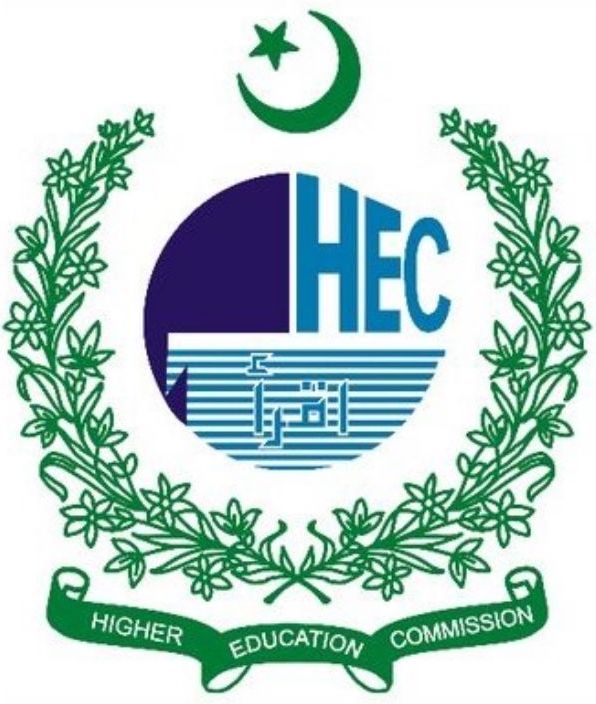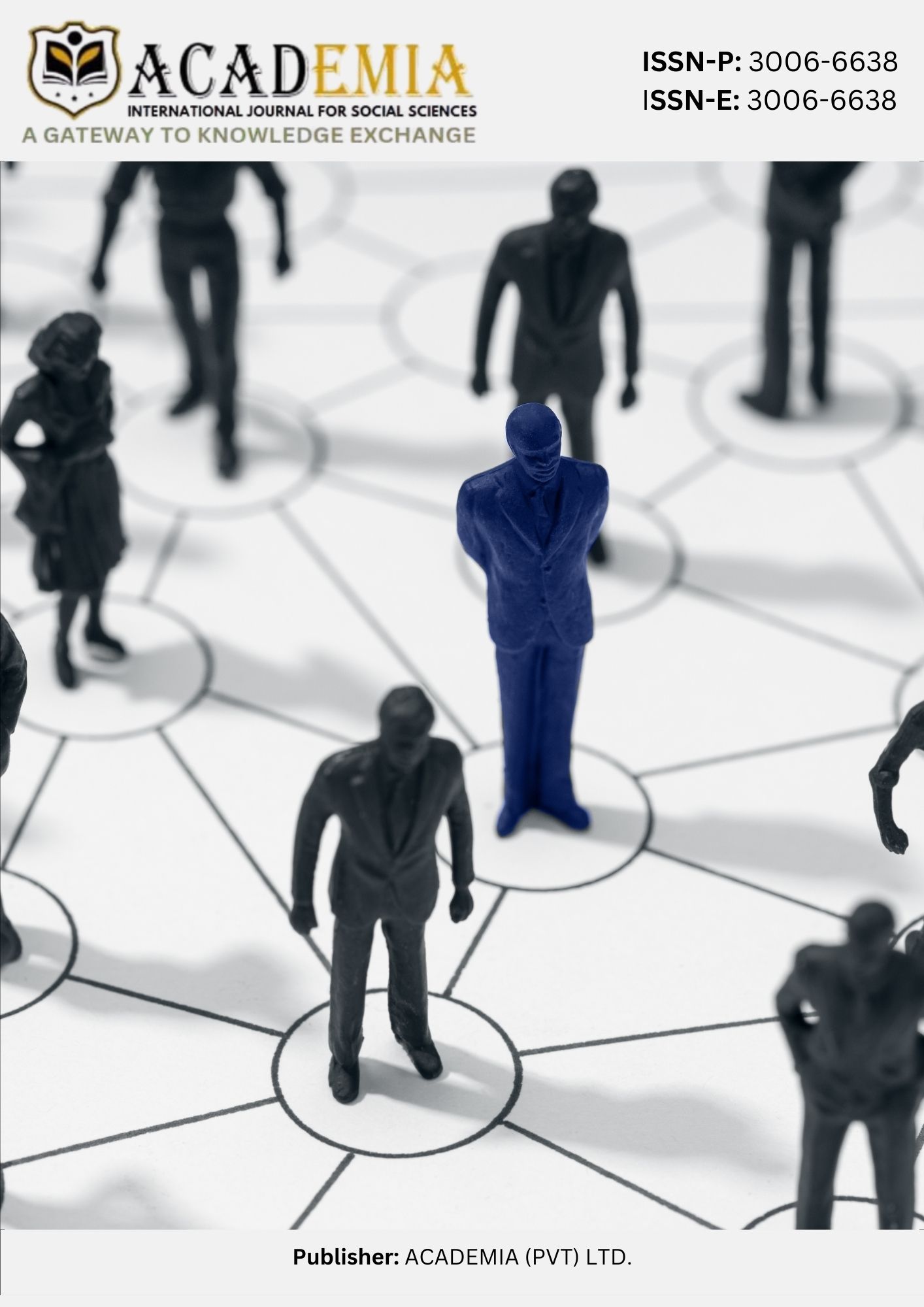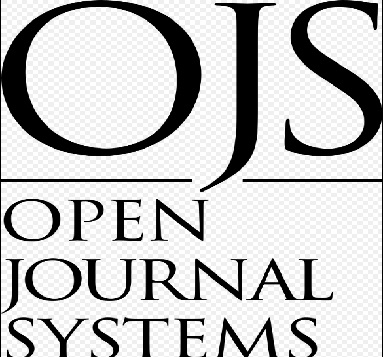Modernization in China: A Gramscian Perspective
DOI:
https://doi.org/10.63056/ACAD.004.03.0616Keywords:
Modernization , Neo-Gramscian , ConstructivismAbstract
China’s rapid economic growth has driven its modernization and increased its global influence across economic, political, and military areas, restructuring the US-led international order. While engaging with the Liberal World Order, China’s rise occurs alongside a perceived challenge to the US and unipolarity, sparking debates about the future of global governance. China will focus more on economic strategies and soft power rather than military aggression to avoid provoking a US backlash. This study examines China’s impact on the international order by combining material, ideational, and institutional perspectives through a Neo-Gramscian framework. It critiques traditional IR theories—Realism’s focus on material factors, Liberalism’s emphasis on institutions, Constructivism’s normative approach, and Marxism’s class analysis—as inadequate on their own. Instead, it shows how China’s rise juxtaposes economic strength, ideological narratives (e.g., "developmental peace"), and institutional efforts (e.g., AIIB, BRI) to remake power dynamics. The analysis covers domestic policies, regional leadership, and global institution-building, revealing China’s role as a challenger to US-led international order. By integrating these aspects, the study provides a comprehensive understanding of China’s challenge to Western dominance. It concludes that the evolving global order requires frameworks that consider both structural and ideological transitions, with China’s strategies exemplifying adaptive hegemony rather than direct confrontation.
Downloads
Published
Issue
Section
License
Copyright (c) 2025 Rabia Mustafa, Dr Aisha Younis (Author)

This work is licensed under a Creative Commons Attribution 4.0 International License.












